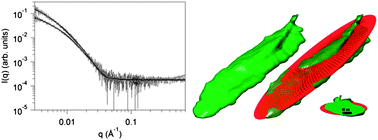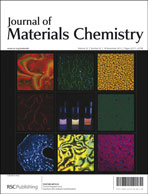Sol–gel entrapped light harvesting antennas: immobilization and stabilization of chlorosomes for energy harvesting†
Abstract
The chlorosome is a highly specialized supramolecular light-harvesting antenna complex found in green photosynthetic bacteria and is composed of self-assembled


 Please wait while we load your content...
Please wait while we load your content...